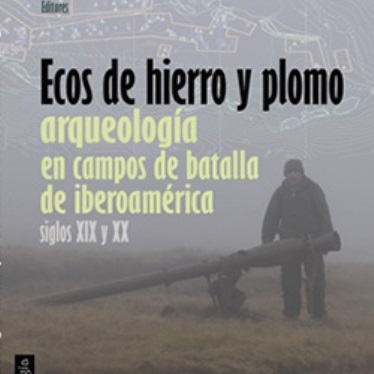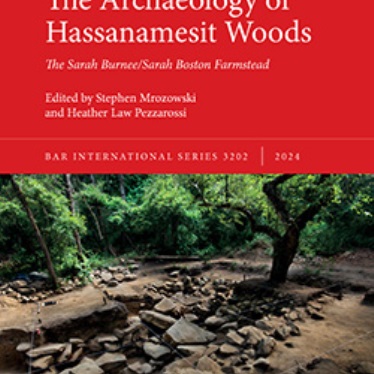Brass Working and Mforowa Manufacture Among the Akan of Coastal Ghana During the 17th–20th Centuries
Christopher DeCorse
Afrique Archeologie Arts, November 2022
This article discusses the manufacture and dating of brass ornaments, tools and boxes produced by the Akan in the coastal regions of Ghana, particularly mforowa (sing. forowa), specific brass leaf vessels used to store shea butter and associated with mortuary rituals.
Archaeological excavations have found a variety of artifacts made locally from imported European brass, often in close association with European trade objects. As the production ranges of many European manufactures are known and can be well circumscribed in time – often within a few decades – trade goods offer a way to precisely date the artifacts associated with them and in a more secure way than is often possible for African archaeological sites of the last 500 years. This chronological refinement brings a new element to the traditions of working copper alloys among the coastal Akan, in particular the use and reuse of imported brass.
This article reviews current knowledge on the origins of metallurgy and metal processing in the coastal region of Ghana, and on the development of brass working with the advent of European trade. Archaeological data from the African city of Elmina suggests that mforowa production began in the seventeenth century and that its stylistic origins have their roots in the earlier tradition of cast brass nkuduo (sing. kuduo). The context of archaeological finds also provides insight into the cultural settings in which mforowa were used.
Related News
Research

Oct 28, 2025
Research

Oct 8, 2025
Research

Oct 7, 2025

